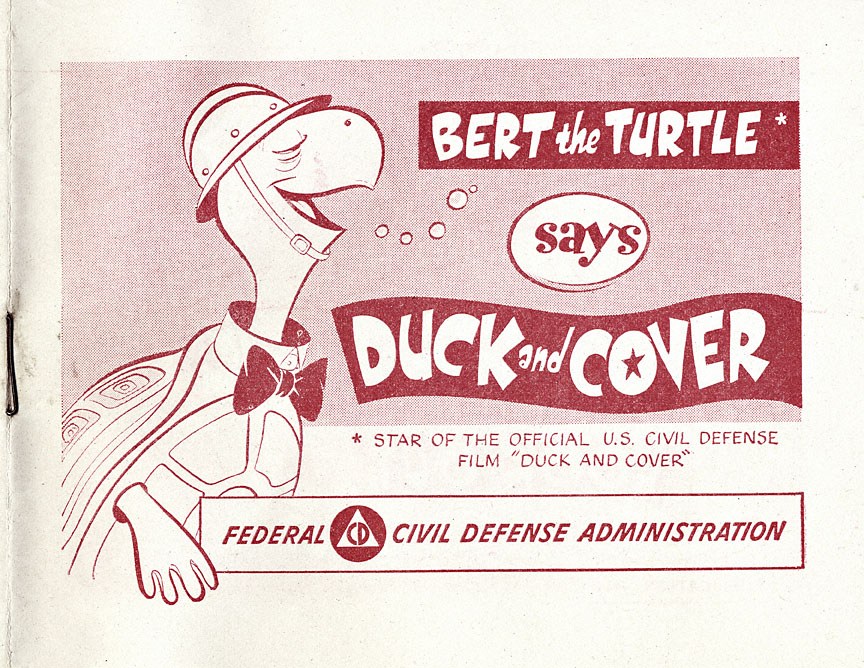Funny how it takes ages to get into a habit but surprisingly little effort to fall out of it. It’s been a little while since the last post, and while it’d be great to have an all encompassing excuse, it’s basically just because I couldn’t be bothered. This is not a new thing: if you check the archive you’ll see plenty of lengthy gaps, but it’s particularly disappointing this time because I was so close to hitting 2 years of weekly posts.
I mean, I did have a few trips away in the interim – Cambodia, Singapore, Bristol, & London, all in varying lengths – but I’d already got out of the routine by then, so that’s not really to blame. (More about those trips to come btw…)
Anyway, regardless of all that, we go again.
Reading
Into The Personal Website-Verse by Matthias Ott. Credit this with my decision to get back at it. I’ve long been a fan of having a personal site… it’s how I got into web dev in the first place and it’s still my goto place to try out and new things. There’s plenty of quotes in that piece from people who have similar experiences, so it’s definitely not just me, and it’s great to read a passionate defence of personal sites. (Is it a defence(?) Not sure they’re being attacked… maybe a panegyric on the joys of having a personal place on the web).
This bit stuck:
Also, don’t hesitate to write about little ideas and observations that might seem too small or unimportant to share. We all have our unique perspectives and even the smallest experience is worth sharing. Someone else might be in a similar situation as you or also in a completely different situation. They both might learn something new from reading about your experiences. Each contribution to the community, even the smallest one, is useful and will make a change. So just write. By the way: If you are struggling to find something to write about and feel blocked, remember that there is no such thing as writer’s block. The more you write and create, the easier it will get.
Social Media Could Make It Impossible to Grow Up, an excerpt from Kate Eichhorn’s book The End of Forgetting. I quite often find myself having this conversation about being happy that I was a teenager before mobiles and social media really existed; although a part of me is sad that I don’t have much of a record of that time, that’s superseded by how great it is that so much of the ridiculousness that I got into isn’t documented.
I’m increasingly conscious of what parts of my kids lives are digitised and as they get older, the nerves about the impact of all that ONLINE-NESS are fast merging with and consuming the excitement I have for the possibilities of future tech.
For the first time in history, children and adolescents have widespread access to the technologies needed to represent their lives, circulate these representations, and forge networks with each other, often with little or no adult supervision. The potential danger is no longer childhood’s disappearance, but rather the possibility of a perpetual childhood. The real crisis of the digital age is not the disappearance of childhood, but the specter of a childhood that can never be forgotten.
Listening to
99% Invisible 337: Atomic Tattoos. Operation Tat-Type. Never heard of it. Bunch of teenagers in Indiana in the 1950s getting tattoos of their blood type.
In 1952, the Cold War was in full swing and the government was busy developing civil defense strategies — things ordinary citizens could to do to help protect the homefront. In this case, the thinking was that if Russia attacked, the tattoos would make for quicker transfusions. They called it a “walking blood bank” — no need for cold storage.
Also stuff about the Atomic Bomb Casualty Commission (ABCC) and the origins of “Duck & Cover”. Basically, in the event of a Nuclear attack, swim underwater or hide behind a tree. You’ll be fine.


